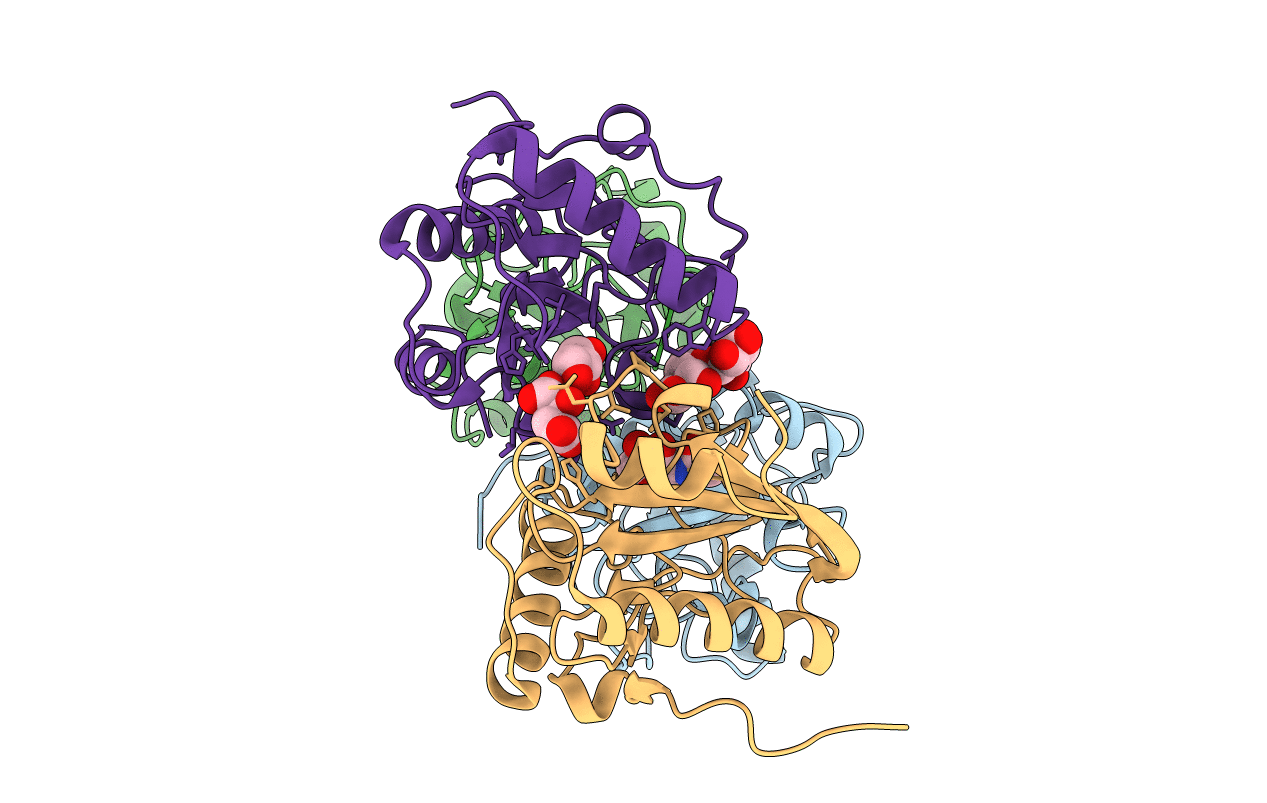
Deposition Date
2010-06-10
Release Date
2010-07-14
Last Version Date
2024-10-09
Entry Detail
PDB ID:
3NG4
Keywords:
Title:
Ternary complex of peptidoglycan recognition protein (PGRP-S) with Maltose and N-Acetylglucosamine at 1.7 A Resolution
Biological Source:
Source Organism:
Camelus dromedarius (Taxon ID: 9838)
Method Details:
Experimental Method:
Resolution:
1.73 Å
R-Value Free:
0.24
R-Value Work:
0.20
R-Value Observed:
0.20
Space Group:
I 2 2 2


